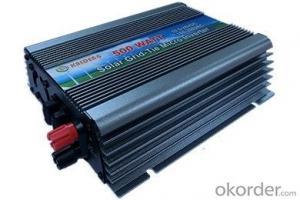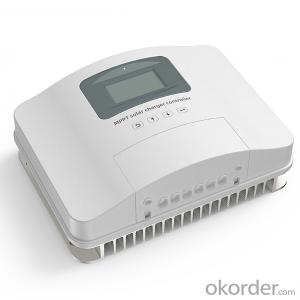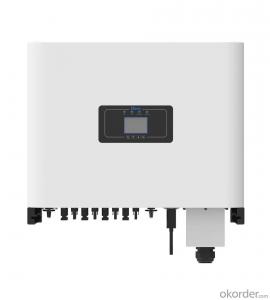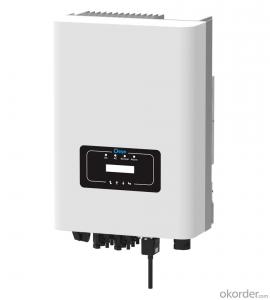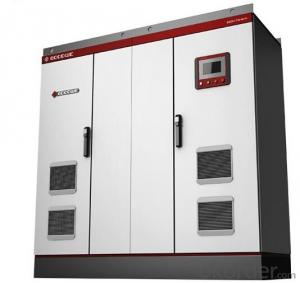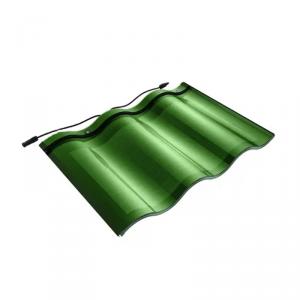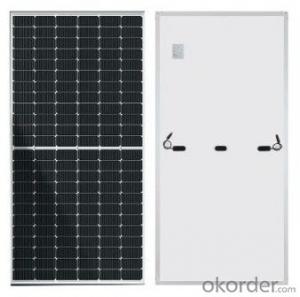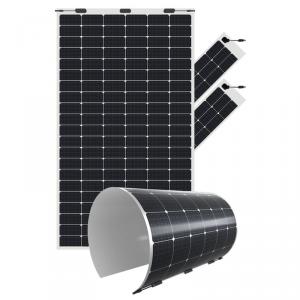24v Mppt Solar Inverter
24v Mppt Solar Inverter Related Searches
24 Volt Mppt Solar Inverter Mppt Solar Inverter 24v 12v Mppt Solar Inverter Mppt Solar Inverter Mppt Solar Power Inverter Mppt Inverter Solar Mppt Solar Inverter 48v 24v Solar Inverter Mppt Solar Pump Inverter Mppt Inverter For Solar System Microtek Mppt Solar Inverter Mppt Based Solar Inverter 24 Volt Solar Power Inverter Solar 24v Inverter 24v Inverter Solar Solar Power Inverter 24v 24 Volt Solar Inverter Mppt Solar Inverter 12 Volt Mppt Solar Inverter Charger Best Mppt Solar Inverter China Mppt Solar Inverter Mppt Hybrid Solar Inverter Mppt Solar Hybrid Inverter Mppt Solar Inverter Price 24 Volt Inverter Solar 2kw Mppt Solar Inverter 2kva Mppt Solar Inverter Dual Mppt Solar Inverter 1kw Mppt Solar Inverter 24v Hybrid Solar Inverter24v Mppt Solar Inverter Supplier & Manufacturer from China
The 24V MPPT Solar Inverter is a type of solar power conversion device that efficiently converts solar energy into usable electrical power. It is designed to work with 24-volt solar panels and utilizes Maximum Power Point Tracking (MPPT) technology to maximize energy output from the solar panels. This advanced technology ensures that the inverter operates at the optimal power point of the solar panels, thus enhancing the overall efficiency of the solar system.The 24V MPPT Solar Inverter is widely used in various applications and scenarios where reliable and efficient power conversion is required. It is commonly found in off-grid solar systems, such as remote homes, cabins, and small businesses, as well as in backup power systems for emergency situations. Additionally, it can be used in RVs, boats, and other mobile applications where a stable power supply is needed. The inverter's compact design and user-friendly interface make it a popular choice for those looking to harness the power of solar energy in a convenient and efficient manner.
As a leading wholesale supplier, Okorder.com offers a vast inventory of 24V MPPT Solar Inverters to cater to the growing demand for renewable energy solutions. Our extensive range of products ensures that customers can find the perfect inverter to suit their specific needs and requirements. With competitive prices and a commitment to quality, Okorder.com is the go-to destination for those seeking reliable and efficient solar power conversion solutions.
Hot Products







